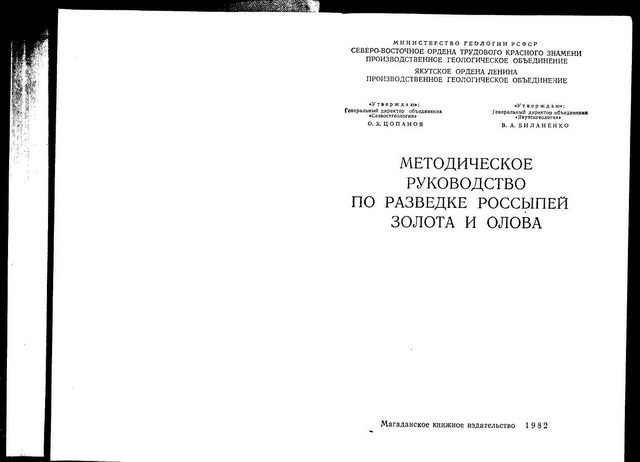- 2 402 202 книги
Psychiatric Services in Jails and Prisons: A Task Force Report of the American Psychiatric Association
Psychiatric Services in Jails and Prisons: A Task Force Report of the American Psychiatric Association
The American Psychiatric Association Task Force to Revise theSince the publication of the first edition, American jails and prisons have seen many changes, including considerable litigation, the development of consumer groups, and the creation of some exemplary programs. However, there has also been a dramatic increase in the population of U.S. jails and prisons. In September 1989, when the first edition of these guidelines was published, our nation's jails and prisons held an estimated 1.2 million men and women. This number is now 1.8 million. Many studies have consistently demonstrated that about 20% of these inmates have serious mental illnesses, and as many as 5% are actively psychotic.
With upward of 700,000 men and women entering the U.S criminal justice system each year with active symptoms of serious mental disorders, with 75% of these people having co-occurring substance abuse disorders, and with these persons likely to stay incarcerated four or five times longer than similarly charged people without mental disorders, what are our duties and responsibilities? How do we live up to our personal moral principles, our professional ethics, and our public service obligations in the face of these overwhelming numbers?
This is the question to which this book is addressed. This book is intended both to prod to action and to provide comprehensive guidance on how to fulfill these responsibilities to ourselves, our profession, and these badly underserved patients. We have the technologies for treatment and the knowledge and the skills. Yet limited resources and public and professional resistance often impede appropriate response. We believe that these guidelines can help overcome many of these sources of resistance through informed action. More active involvement of our profession, as described in these guidelines, is needed, is possible, and will make a difference.
----
The book removed at the request of the copyright holder.

В.Бекетов, К.Харченко. Измерения и испытания при конструировании и регулировке радиолюбительских антенн (djvu)

Самодельные детали для сельского радиоприемника
Авторы: З.Б.Гинзбург, Ф.И.Тарасов.













